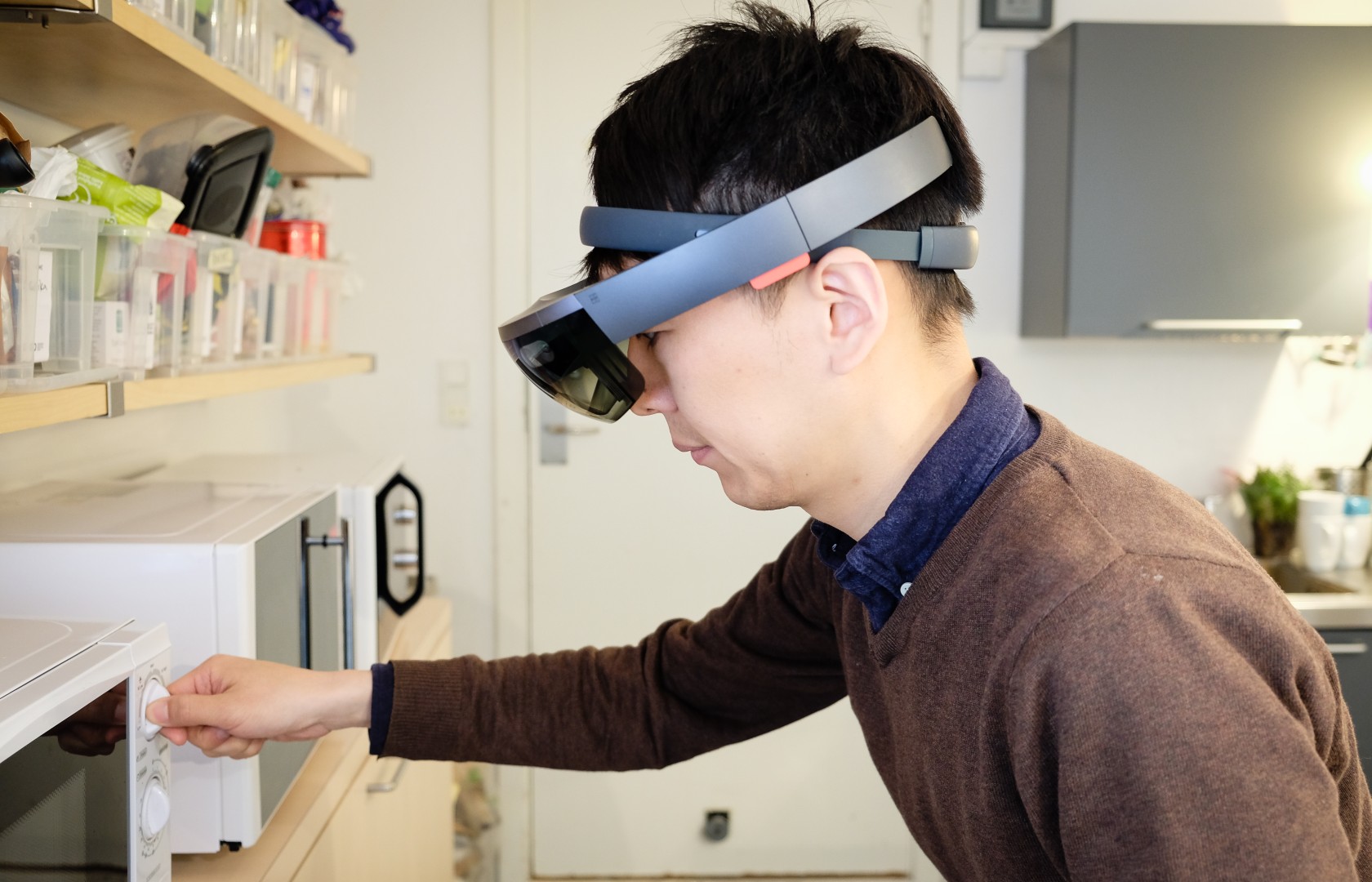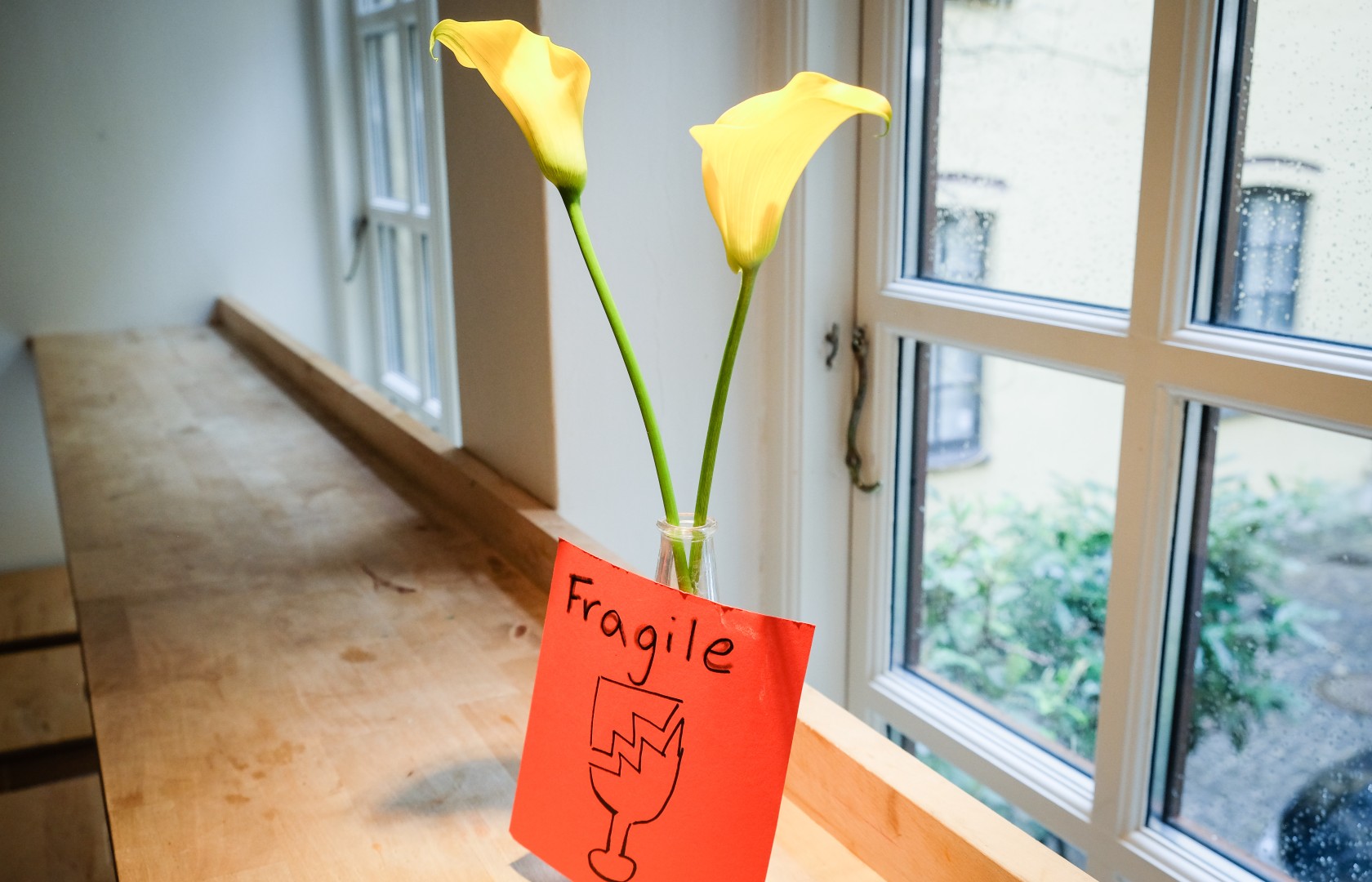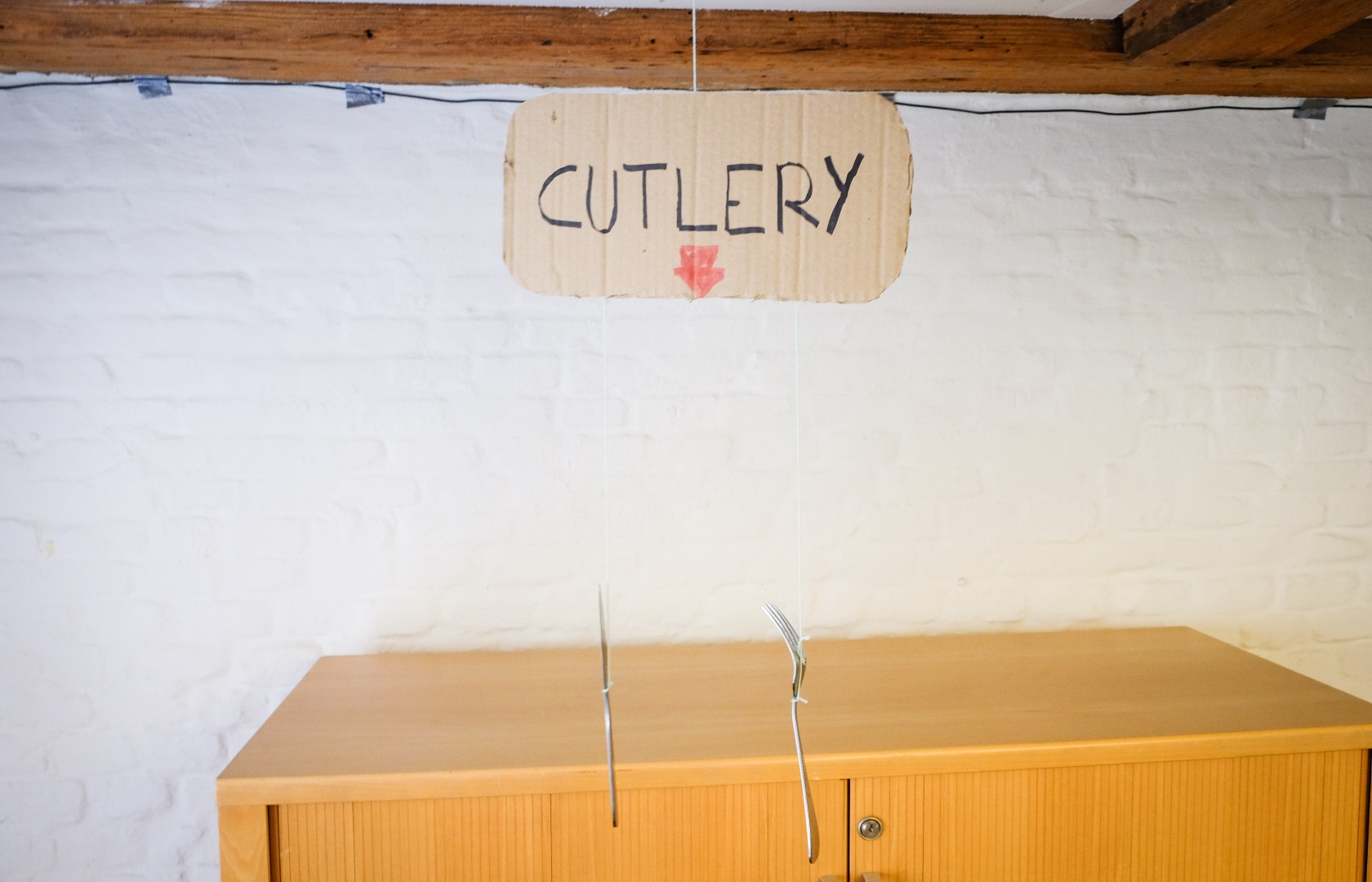With the introduction of services such as AirBnb and Uber, the line between personal and private space in today's society has become increasingly blurred. Although an important innovation for better resource allocation and connectivity, these services introduce many interaction challenges.
In the context of AirBnb, when a user rents a homeowners space, whose space is that during the duration of the guests stay? What are the rights granted to the guest and what rights remain with the homeowner? In exploring these challenges, a key opportunity area emerged: communication between the host and the guest.
Currently, communication between the guest and host occurs informally prior to the stay related to how a guest enters the rented space and what the checkout procedures are. Communication of house rules and expectations are conveyed upon arrival. Given that the host is not present, how can guests get a more spacial understanding of the house expectations and an introduction to the space upon arrival?
The designed solution to this challenge uses AR to display house expectations where they are spatially relevant. Now upon arrival, guests not only have a more immediate and better understanding of the space they just rented but they also get to enjoy the process of discovering these markers throughout the house.
Contribution
Throughout all phases of this project I was involved in the design and implementation of it. Specifically, I was responsible for designing and implementing the prototypes which we used for the testing sessions. I directed and recorded the concept videos.



